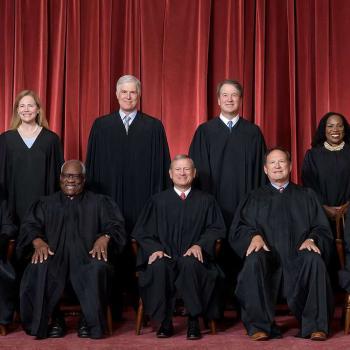Big government, which has become gargantuan in response to progressives’ promptings, serves the strong. It is responsive to factions sufficiently sophisticated and moneyed to understand and manipulate its complexity.
Hence Democrats, the principal creators of this complexity, receive more than 70 percent of lawyers’ political contributions. Yet progressives, refusing to see this defect — big government captured by big interests — as systemic, want to make government an ever more muscular engine of regulation and redistribution. Were progressives serious about what used to preoccupy America’s left — entrenched elites, crony capitalism and other impediments to upward mobility — they would study “The New Class Conflict,” by Joel Kotkin, a lifelong Democrat.
The American majority that believes life will be worse for the next few decades — more than double the number who believe things will be better — senses that 95 percent of income gains from 2009-2012 went to the wealthiest 1 percent. This, Kotkin believes, reflects the “growing alliance between the ultra-wealthy and the instruments of state power.” In 2012, Barack Obama carried eight of America’s 10 wealthiest counties.
In the 1880s, Kotkin says, Cornelius Vanderbilt’s railroad revenues were larger than the federal government’s revenues. That was the old economy. This is the new: In 2013, the combined ad revenue of all American newspapers was smaller than Google’s; so was magazine revenue. In 2013, Google’s market capitalization was six times that of GM, but Google had one-fifth as many employees. The fortunes of those Kotkin calls “the new Oligarchs” are based “primarily on the sale of essentially ephemeral goods: media, advertising and entertainment.”
He calls another ascendant group the Clerisy, which is based in academia (where there are many more administrators and staffers than full-time instructors), media, the nonprofit sector and, especially, government: Since 1945, government employment has grown more than twice as fast as America’s population. The Founders worried about government being captured by factions; they did not foresee government becoming society’s most rapacious and overbearing faction.
The Clerisy is, Kotkin says, increasingly uniform in its views, and its power stems from “persuading, instructing and regulating the rest of society.” The Clerisy supplies the administrators of progressivism’s administrative state, the regulators of the majority that needs to be benevolently regulated toward progress.
The Clerisy’s policies include dense urban living as a “sustainable” alternative to suburbia, and serving environmentalism by consuming less. Hence the sluggish growth and job creation since the recession ended in June 2009 — a.k.a. the “new normal” — do not seriously disturb the Clerisy. It preaches what others — including the 43 percent of non-college-educated whites who consider themselves downwardly mobile — are supposed to practice. The result, Kotkin says, is a “more stratified, less permeable social order.” And today’s “plutonomy,” an economy fueled by the spending of the relatively few people who guaranteed that luxury brands did best during the recession.











